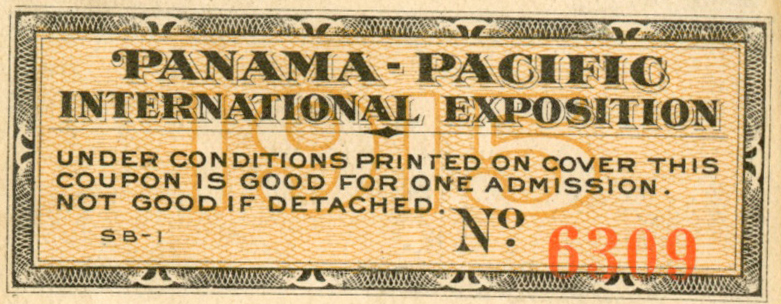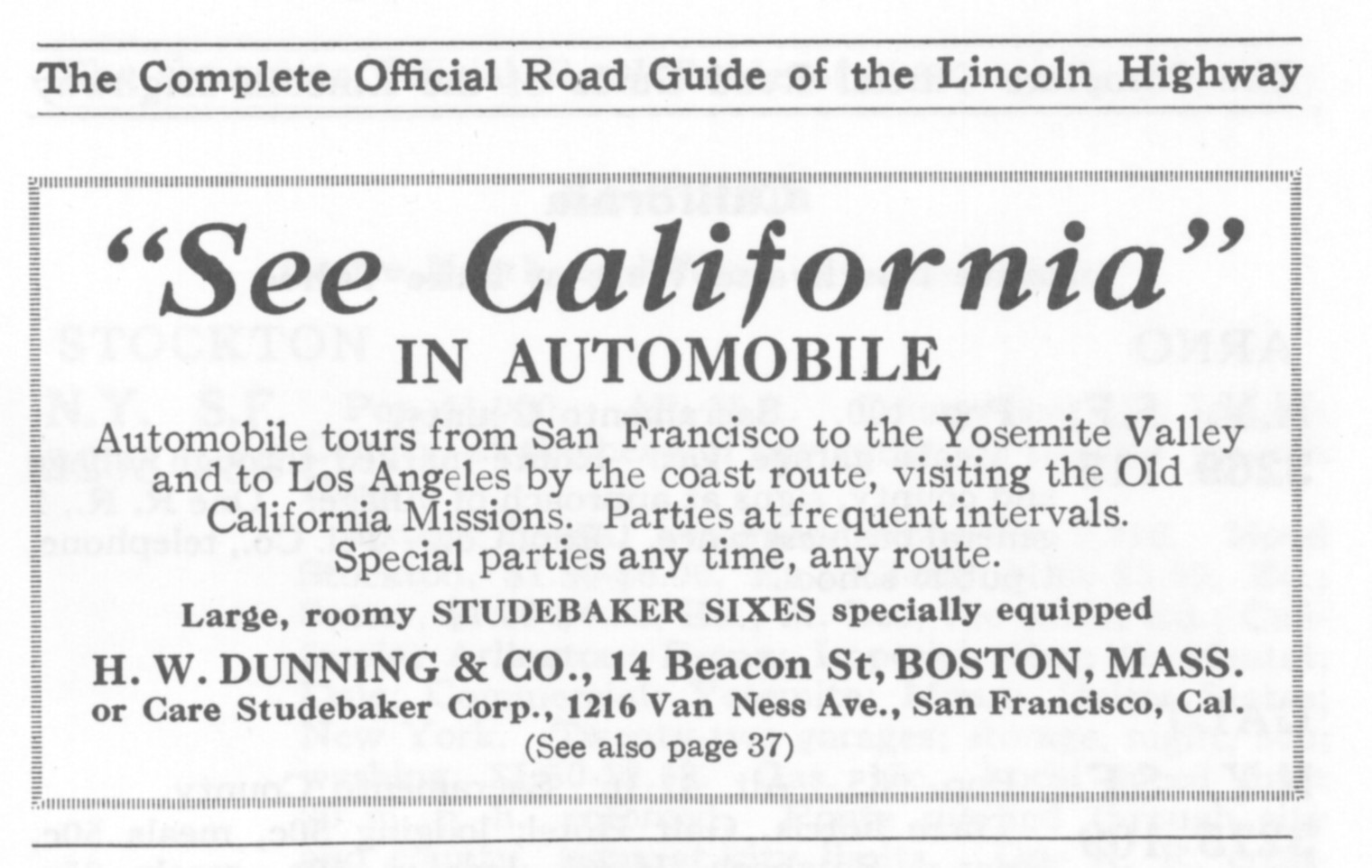The Complete Official Guide to the Lincoln Highway
Lincoln Highway Association
1915
158 pages
It’s fun to take a look at old books. They supply a slice of life of, in this case, 1915.
Last month we reviewed the 1924 guide to the Lincoln Highway. It was full of details, pictures, advice, and ads making it easy to cross the country by automobile in 1924. In 1915 it was a little different. That was only two years after the 1913 inauguration of the Lincoln Highway. The 1915 road guide was a lot slimmer than it would be in 1924. The Lincoln Highway people were just getting started.
If you want your very own copy of the 1915 guide it’s available at the Lincoln Highway Trading Post for only $16.45, including shipping. It might be useful for any cross-country trips you may have planned. It includes many ads for things you might need on your trip, some of which you can find here.
The guide begins with hints to transcontinental tourists. The greatest assets to have in planning and taking the cross-country trip are common sense and efficient equipment. For a trip of 3384 miles* across the continent with four people, the cost will be about $300. It will take about nineteen days and you’ll be camping out and doing your own cooking. You’ll be driving ten hours per day averaging about eighteen miles per hour.** There is specific advice such as how to get out of a mud hole and to put your shoes under your sleeping bag. There is also puzzling advice, “If the feet get sore, rub the inside of the stockings with soap.”
There is also history, listings of all numbers of businesses one can expect on the trip, and hotel and meal costs. In Nevada on the 425 miles of Lincoln Highway in that state, there were twelve hotels and twenty-nine other lodgings and food places. There were another twenty-four places where one could get food but not lodging. Water was available at forty-one places. There were nine garages for repairs. There were seven tire stations for replacing tires, twenty-four gas stations, twenty-one oil stations, twenty-four telephone stations, and sixteen telegraph stations along with thirty-four “good camp sites.” This is all important information. There were also a couple of articles reiterating the need for common sense and good equipment. There’s also a list of Lincoln Highway facts.
By page 139 we’ve gotten to Truckee with 252 miles left to go to reach San Francisco. The population was 1,600 (in 2022 it was 16,850). There were various hotels. A garage for the night was fifty cents. Gas was 25 cents, oil 90 cents. The route was well marked. There were two railroads, forty-two general businesses, a newspaper, two public schools, electric lights and a water works. There were nine privately owned automobiles.
*By 1924 the total mileage across the country by Lincoln Highway was 3142 due to re-alignments of the route.
**For reference the 1924 guide book said it would still take twenty to thirty days driving seven hours per day and averaging eighteen miles per hour.
Donner Summit was given short shrift. There were two hotels accommodating ninety people. Summit House was $2.00 a night. The Soda Springs Hotel was also two dollars with gas at 30 cents and oil at 1.00. The route was also well marked crossing the summit. There was also an express company with a telegraph.
In the end the book is mostly advice encouraging readers to take the transcontinental trip on the Lincoln Highway.
Here we have a special bonus for reading this far. We have a ticket to the Panama Pacific Exposition in San Francisco. It was left over from a booklet of tickets my grandmother and her friend had. Enjoy the visit.
After the general information the book goes into the guide for traveling from New York to California. One interesting aside is that the book suggests that after the trip west to the see the Panama Pacific Exposition one ship his/her car back east. Apparently the one way trip was enough for almost everyone.

Advice for crossing the country by automobile
Don’t wear wool next to the skin. Wear linen or cotton underneath. That’s just common sense.
Don’t wait until the gasoline is almost gone before looking for more.
Don’t allow the water can to be anything but full.
Don’t allow the car to be without food at any time. That’s different from the gasoline. This is people food. Traveling can be hungry.
Don’t fail to have warm clothing.
Don’t carry loaded firearms no matter what the NRA says. We must admit the last part of that is not 1914 advice but the staff at the Heirloom has to have some fun.
Don’t fail to put out your campfire.
Don’t forget the yellow goggles.
Don’t forget camphor ice.
Don’t ford water without first wading through it. You’ll dry off soon enough.
Don’t drive more than twenty five miles an hour. Things will break.
Don’t carry your good clothes. Ship them ahead.
Don’t wear leather puttees – use canvas.
Don’t drink alkali water.
Don’t wear new shoes.
To see a list of what to take and more pictures see the December, '24 Heirloom

